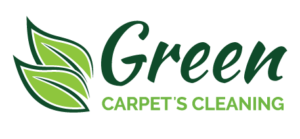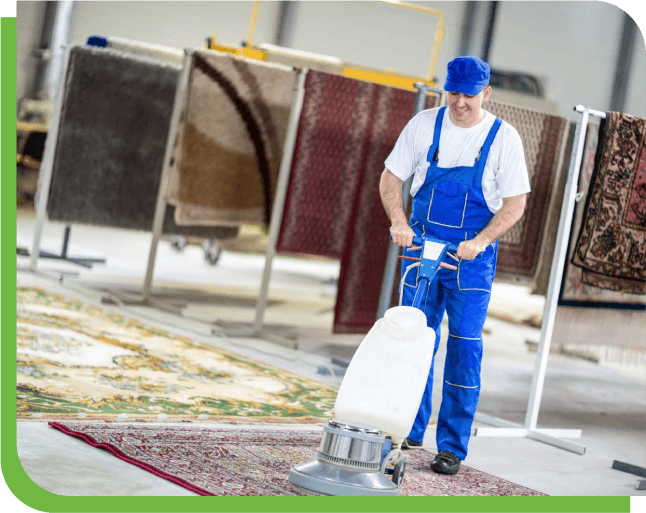Get in touch
Fill this up to proceed

We are committed to providing a world-class carpet, rug, upholstery, drapery or mattress cleaning services that will open your door to a happier and healthier green indoor environment.
Creating a healthy work environment is about more than good vibes and occasional recognition. It’s about building a culture where people feel heard, seen, supported, and motivated to do their best work—consistently. In today’s hybrid and fast-paced world, nurturing that kind of workplace is no longer optional. It’s the key to employee well-being, productivity, and retention—something we are proud to foster in Winnetka.
Creating an atmosphere where people feel mentally safe, emotionally respected, and physically comfortable doesn’t happen by accident. It takes consistent action and attention to these foundational pillars, and in Winnetka, this commitment truly comes to life.
Openness and clarity are the bedrock of trust. Companies that prioritize two-way communication see greater engagement and fewer misunderstandings. Establish channels like:
Recognition should be embedded in daily operations, not reserved for annual reviews. When employees are acknowledged for their contributions, they feel valued and seen. A culture of appreciation contributes significantly to a healthy work environment.
Your physical and digital workspaces should support health and productivity. Whether you’re in-office, hybrid, or fully remote, these changes can improve employee well-being:

Cleanliness is the foundation of a truly healthy work environment. A well-maintained workspace reduces the spread of germs, prevents illness, and creates a setting where employees feel safe and valued—something we prioritize in Winnetka. From sanitized restrooms to disinfected desks and break areas, every clean surface contributes to overall workplace well-being. When businesses prioritize cleanliness, they send a clear message: employee health matters. This not only improves physical health but also boosts morale, focus, and job satisfaction. Regular professional cleaning services, high-touch surface disinfection, and air quality maintenance are essential for long-term success. In industries where image and hygiene go hand in hand, maintaining a clean space strengthens trust with clients and staff alike. Simply put, cleanliness is a powerful catalyst for a thriving, healthy work environment.

Creating a healthy work environment starts with the basics—clean air, sanitized surfaces, and non-toxic cleaning methods. Traditional cleaning products often contain harsh chemicals that can harm indoor air quality and trigger allergies or respiratory issues. By switching to green cleaning practices, businesses not only protect the health of their employees but also reduce their environmental footprint. This simple shift promotes long-term wellness and contributes to a cleaner, more sustainable future.
One essential aspect of green cleaning is regular, eco-friendly carpet maintenance. Services like Carpet Cleaning Winnetka use non-toxic, biodegradable solutions that align with health-conscious standards. Clean carpets mean fewer allergens and improved air circulation—both critical for a healthy work environment. Investing in eco-friendly services shows a genuine commitment to building a truly healthy work environment.
A healthy work environment is one where employees feel safe, supported, respected, and engaged—mentally, emotionally, and physically.
Leaders should model empathy, ensure transparency, celebrate wins, provide wellness support, and check in frequently with their teams.
Common signs include high turnover, constant stress, lack of communication, low morale, and minimal recognition.
Absolutely. Through regular check-ins, virtual team-building, and accessible wellness tools, remote companies can foster an even stronger sense of belonging.
It leads to higher productivity, stronger team cohesion, less burnout, and a culture where innovation and trust flourish.

We are committed to providing a world-class carpet, rug, upholstery, drapery or mattress cleaning services that will open your door to a happier and healthier green indoor environment.
We are committed to providing a world-class carpet, rug, upholstery, drapery or mattress cleaning services that will open your door to a happier and healthier green indoor environment.